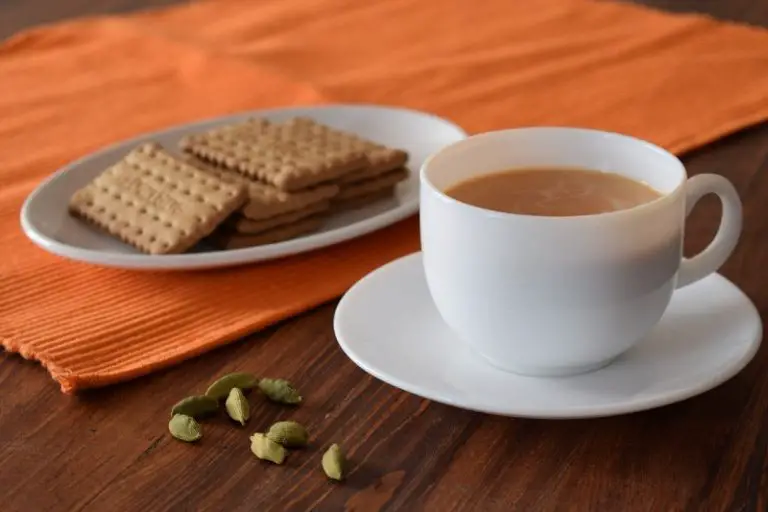Titanic Belfast Restaurant
In 1911, the Belfast shipyard Harland & Wolff, where the Titanic was built, was the world’s largest ship building business. Some 35,000 people worked there on a daily basis, among them master craftsmen, carpenters, joiners, draughtsman, engineers, riveters, sheet-metal workers, boilermakers, fitters and turners. The Titanic ship may now rest in the steely grey seas of the North Atlantic but the people of Belfast have chosen to celebrate her creation and the men and shipyards that built her, in the newly opened Titanic Belfast building. This is the world’s largest Titanic visitor attraction, with a museum, conference centre and several banqueting rooms and restaurants.
Four replicas of the bow of the Titanic ship, accurate in scale and size, form the structure of the building. As I walk around it, I am dwarfed by the bows that reach up from the quayside and I feel the same sense of the awe and excitement that the passengers must have felt when they boarded the Titanic ship 100 years ago.
Today the tradition of celebrating artisan craftsmanship that was so prominent in the shipyards when Titanic was built continues in the kitchens of Titanic Belfast under the management of Head Chef Leo Smallof Fitzers Catering. Leo has been charged with the dauntingly large task of creating and overseeing all the catering throughout the building, from those customers that want a soup and sandwich, to those that come for a cooked breakfast or porridge, champagne afternoon tea or even conference lunches and fine dining.
‘Our kitchen ethos for all the restaurants at Titanic Belfast, be that banqueting and fine dining, to sandwiches and stew, is to showcase Northern Irish food suppliers and to use local, seasonal and sustainable produce as much as possible throughout our menus,’ Leo tells me.
‘Northern Irish produce is amongst the best in the world. There is so much fantastic food created and grown here. There really is nothing better for me as a chef than to offer my customers fresh food from local farmers. Everything we use in our kitchens is fully traceable from farm to fork.’
When Leo took on the job of Head Chef at Titanic Belfast he spent several months travelling across the length and breadth of Northern Ireland, meeting local farmers, producers and artisans, tasting their food and thinking about ways he could incorporate their produce into his menus.
‘At the moment I am working with Will Taylor of Glastry Farm Ice-cream, creating ice-cream sliders. These are slices of flavoured ice-cream sandwiched between wafers.’
Will, who runs a 300-acre dairy farm on the Ards Peninsula, County Down specializes in making artisan ice-creams using homegrown flavours like Yellowman (a traditional Northern Irish type of honeycomb), strawberry, lavender, and rhubarb.
Leo goes on to explain that working with Will and local suppliers like him is a collaborative process: ‘We have ideas about ice-cream that we share with him. Will goes back to the farm, makes up the recipes and then brings us the samples to try. Together we do tastings, and discuss the different techniques, flavours, and ideas for new products. It is fantastic to have a relationship with my suppliers where we can collaborate together.’
Marty Johnson of East Coast Seafood near Strangford, County Down, supplies crab to Titanic Belfast, whilst Walter Ewing a fishmonger on Belfast’s Shankill Road, supplies smoked fish. Currently Titanic Belfast works with over thirty local Northern Ireland suppliers and they are hoping that this number will continue to rise over the coming months and years. Leo tells me how he worked with the team at Crossgar Meats, County Down to develop a dry-aged, 45 day hung beef, and with Jilly Dougan at Hannan Meats, Moira, County Armagh, on speciality sausages, cuts of pork and terrines. They source yoghurt from Clandeboyne Estate in County Down, dairy products from Draynes Farm, County Antrim, breads and cakes from The French Village Bakery, in Belfast, potatoes and vegetables from North Down, in County Down and all the tea is bought from Punjana, a Northern Irish tea company that has been blending teas since 1887.
‘What I love about using local Northern Irish suppliers, apart from the quality of their produce, is the passion of the producers, their desire to work with us, to try new things and be creative, nothing is too much trouble for them,’ Leo tells me.
All the food served in Titanic Belfast is inspired by the food served on the Titanic itself or eaten by the men that built her, from the homemade soda breads and stews of shipyard workers and dockers that are served in the cafes on the ground floor of the building, or the luxury of the first class passengers’ a la carte menus, that are reflected in the fine dining and afternoon tea menus on the sixth floor of the building.
‘When I got the job, I became a historian, a Titanic food historian,’ Leo tells me with a smile, ‘and one thing is very clear from my research about the food served on the Titanic – everyone, ate well. From first to third class, dining on that ship was all about quality and good food. In first class they ate the finest food that you might expect, of course, with the evening menus an eleven-course affair where whole sides of roast meats were carved at each table in the dining room. Third class wasn’t that shabby either, the food was hearty – like porridge, Irish stew, bread with butter and jam, fruit, sausages and mash.”
The fine dining menus are designed to be 21stCentury versions of dishes that might have been served on the ship if she was leaving Belfast today. Leo shows me the Gala Menu that was served at the opening of Titanic Belfast in April 2012: virtually all the main ingredients for each of the dishes had a named and listed local Northern Irish provenance, including Portavogie prawns with Glenarm salmon cured with Bushmills whiskey and beetroot, a trio of roast meats accompanied by barley perfumed with tea, pannacotte made with Clandeboye Estate yoghurt with apple mousse made with Armagh apples, served with raisins soaked in port and a Glastry ice cream bombe filled with raspberry jelly.
Leo shows me around the kitchens as his team are preparing for a dinner for the Northern Irish Tourist board. Comis Chefs are painting lines of chocolate paint across pudding plates. Leo explains that on board the Titanic every pudding had a line of what they called ‘Chocolate Paint’ and what we might today call a ‘Chocolate Glaze’ across the plate. They are recreating this on all their desserts. I try a piece of the chocolate roulade that is being served to guests, the sponge is soft and moist and the intense chocolate flavour perfectly matched by a pillow of double cream.
As a food writer it is exciting to read the menus in Titanic Belfast and to talk to a chef, who, albeit working within a corporate environment, wants to celebrate the artisanal skills of Northern Irish producers and use their expertise at every opportunity. This journey has taken me from the past, to the present and the future of Irish cooking.
Further Information
Titanic Belfast : www.titanicbelfast.com
Follow on Twitter: @TitanicBelfast
Nicky Cahill’s website: www.saltandsparkle.com
Follow Nicky on twitter: @saltandsparkle


